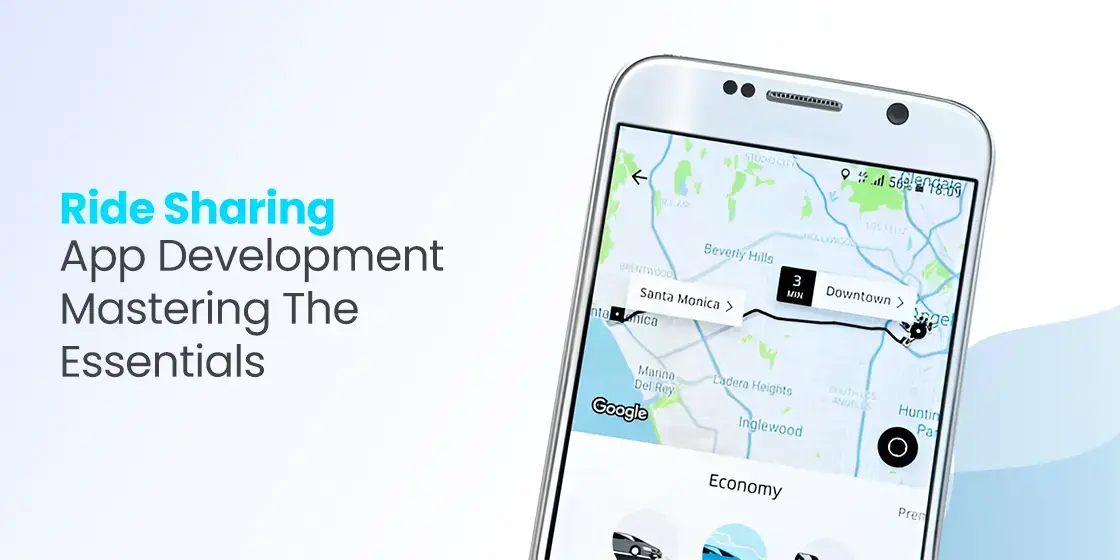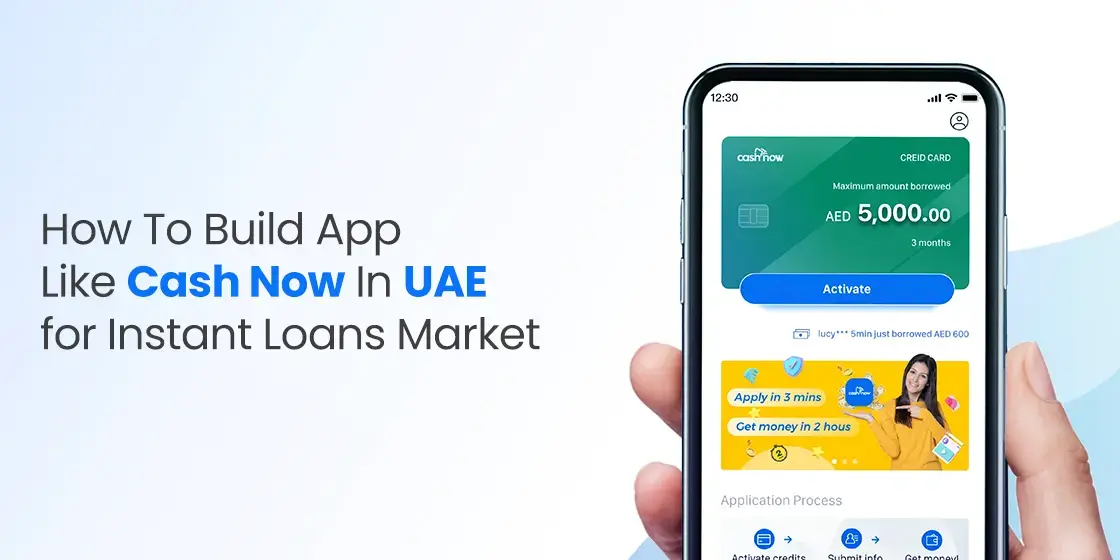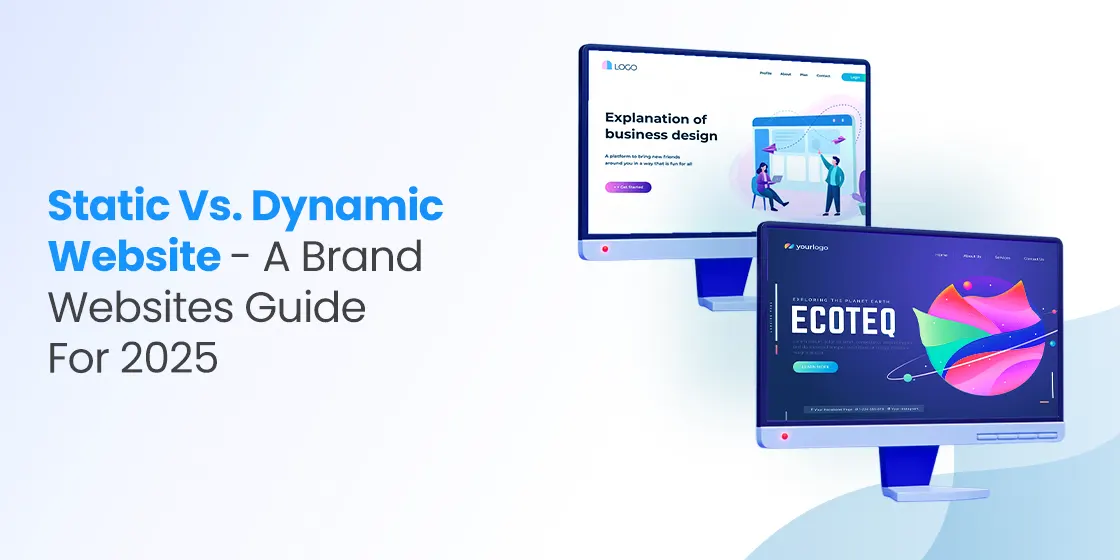Table of Content
Learn the Step-by-Step Approach to Ride Hailing App Development
The emergence of online taxi booking has given people a great convenience to book rides easily. This business model is becoming highly lucrative in the market, as the examples of Uber, Lyft and other platforms are self-explanatory for everyone. Many businesses are therefore looking for app development services to fast-track ride sharing app development. They want to take advantage from this rising trend, as it is becoming the need of everyone in urban cities.
To build a ride hailing application, you need consider various factors before starting the development process. Keeping in view these facts helps you to formulate the process correctly, make sure everything is aligned with the objective and goals of the project. For beginners, it is highly important to learn the basics of ride sharing app development. It often becomes a complex project due to being highly technical in nature. With the help of correct guide and resources, they can master ride hailing app development precisely as per the latest trends.
This blog is written to let the beginners understand how this project should be initiated and planned. It will look into the process that will help to organize the whole development, so that stated objectives can be met at the end. Let’s start from the basics understanding why ride sharing apps are becoming popular in the market.
Rising Popularity of Ride Sharing Apps
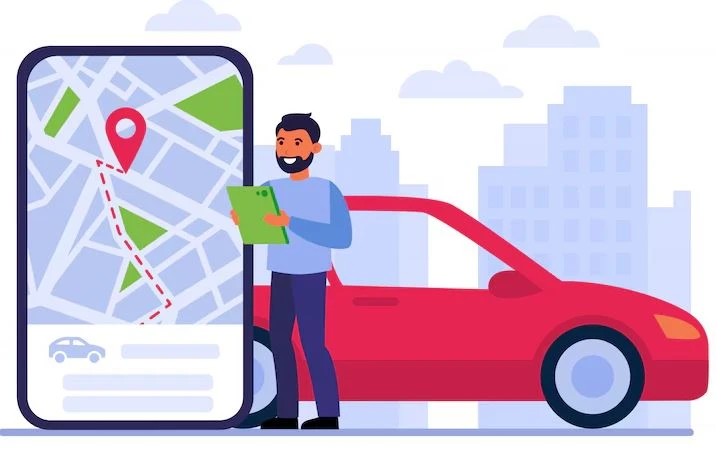
Ride-sharing apps are gaining popularity in the market primarily due to the convenience they offer. These platforms allow users to book a ride within seconds through a smartphone, eliminating the need to hail taxis or rely on public transport schedules. Real-time GPS tracking, estimated time of arrival, and cashless payment options contribute to a seamless and user-friendly experience. This ease of access, especially in urban areas with dense traffic and limited parking, makes ride-sharing a practical choice for everyday commuting.
Another major factor driving their popularity is cost efficiency. Taxi booking apps often provide cheaper alternatives to traditional taxi services by allowing drivers to use their personal vehicles and by dynamically adjusting prices based on demand. Shared ride options, such as carpooling, further reduce costs for passengers while also aiming to minimize environmental impact. The flexibility in pricing, route choices, and types of vehicles gives users more control over their transportation expenses.
Moreover, the growth of ride-sharing apps is also tied to evolving social and environmental awareness. Younger generations, in particular, are increasingly prioritizing sustainability and community-oriented solutions. By promoting carpooling and reducing the overall number of cars on the road, ride-sharing can help decrease traffic congestion and lower emissions. Additionally, many of these apps incorporate safety features, building trust among users and enhancing the overall appeal of this mode of transport.
Ride Sharing App Development: Basics of Beginners
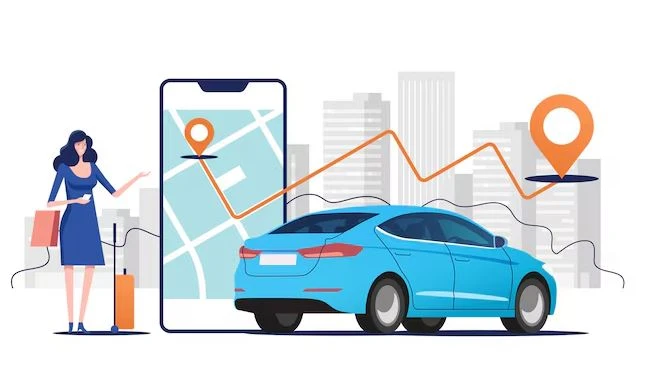
Before starting ride sharing app development, you need to build a plan and stick to it accordingly. A lot of beginners do not pay attention to this point, which is why struggle to complete the development due to facing different obstacles. If you also don’t know much about ride hailing app development, take a look at the step by step approach given below.
Research the Evolving Market
To research the market before starting ride-sharing app development, begin by conducting a thorough industry and competitor analysis. Examine the current state of the ride-sharing industry in your target region, including market size, growth trends, user demographics, and key pain points. Identify and study major players or local competitors to understand their business models. This foundational research helps in identifying gaps or opportunities that your app can address.
Next, conduct primary research through surveys, or interviews with potential users and drivers to gain direct insights into their transportation habits and preferences. Ask questions about frequency of ride use, pricing sensitivity, preferred app features, and dissatisfaction with existing services. Combining this primary and secondary research equips you with a clear understanding of the market landscape and enables you to tailor your app to real-world user demands and legal frameworks.
List Down Objectives
After completing market research for ride-sharing app development, the next step is to translate your findings into clear and actionable objectives. Begin by identifying the key insights gathered from both primary and secondary research. These insights should inform specific goals, such as creating features that address user pain points. Each objective should be aligned with the overall vision and purpose of your app, whether it’s affordability, safety, convenience, or sustainability.
Once high-level goals are established, break them down into measurable and time-bound objectives that can guide your development process. Prioritize objectives based on impact and feasibility, ensuring they serve both business needs and user satisfaction. This structured approach not only streamlines the development process but also provides benchmarks to evaluate progress and make data-driven decisions.
Select Development Strategy
Selecting the right development strategy for a ride-sharing app begins with evaluating the scope, budget, and timeline of the project. Based on your objectives, decide whether to build a native app for each platform or a progressive web app (PWA). Native apps offer better performance but can be costlier and time-consuming. Consider also whether to develop in-house or outsource to an experienced development agency, depending on your team’s expertise and resource availability.
Next, determine whether to pursue a minimum viable product (MVP) strategy or go for a full-featured launch. An MVP allows you to release a basic version of the app with core features. This approach reduces risk, minimizes initial costs, and allows for faster market entry and validation. Whichever strategy you choose, ensure it aligns with your long-term goals, technological capabilities, and user expectations.
Finalize Tools and Technologies
Selecting the appropriate tools and technologies for ride-sharing app development starts with defining the core technical requirements of the application. These include real-time location tracking, push notifications, and data security. Based on these needs, choose a technology stack that supports performance, scalability, and reliability. For backend development, frameworks like Node.js, Django, or Ruby on Rails are popular for their scalability and ease of integration.
On the frontend, selecting right coding languages is equally important. For iOS and Android development, native languages like Swift and Kotlin offer optimal performance. Additionally, use DevOps tools like Docker, Jenkins, and GitHub Actions for continuous integration and deployment. The final choice of tools and technologies should balance technical robustness with development efficiency, ensuring the app can evolve alongside user needs and market changes.
Start App Development
Once the technologies and tools have been selected, the next step in starting ride-sharing app development is to establish a clear development roadmap and architecture. Begin by outlining the project phases, typically starting with the design of wireframes and user interface mockups. Assign tasks to development team members according to their expertise, ensuring frontend, backend, and mobile development roles are clearly defined.
With the planning complete, initiate development by building a minimum viable product (MVP). This stage should involve iterative sprints using Agile or Scrum methodologies to allow continuous testing, feedback, and adjustments. Early and frequent testing, combined with continuous user feedback, ensures the app remains aligned with market needs and user expectations as it progresses toward launch.
Deploy the Application
After completing development, deploying a ride-sharing application involves preparing both the backend and frontend components for production. Begin by thoroughly testing the final build to ensure all features. Conduct security audits to protect user data and ensure compliance with relevant regulations. Once testing is complete, deploy the backend services to a scalable cloud platform such as AWS, Google Cloud, or Azure.
Afterwards, prepare platform-specific builds for submission to app stores. Follow the guidelines for Apple App Store and Google Play Store, including app descriptions, screenshots, privacy policies, and permissions. After deployment, continue monitoring the app’s usage, performance, and feedback to roll out updates and improvements regularly, maintaining reliability and user satisfaction.
Frequently Asked Questions
| Why ride hailing apps are becoming popular in the market? Ride-hailing apps are becoming popular due to their convenience, and cashless payment options. They offer a reliable and flexible alternative to traditional transportation methods, meeting the on-demand needs of modern users. |
| What is Uber? Uber is a global ride-hailing platform that connects passengers with drivers through a mobile app. It allows users to book rides, track drivers in real time, and pay electronically. |
| What is the cost of ride sharing app development? The cost of ride sharing app development ranges from $50,000 – $150,000. This is a generic figure and it can scale up more depending on the features and functionalities required in the application. |
Final Words
That brings us to the end of this blog in which we have taken an overview of ride sharing app development. As per the current market stats, online ride hailing apps are becoming highly popular day by day. That is the reason why many businesses are looking to launch their own apps to take advantage of this trend. This blog is therefore a good read for those who want to know how apps like Hala Taxi are built and what type of resources it requires to make the platform successful in the industry.

Empower your digital journey with StruqtIO - Your dedicated partner for cutting-edge custom software development, innovation, and digital transformative solutions. Harness the power of technology to elevate your business and redefine your digital landscape today.
